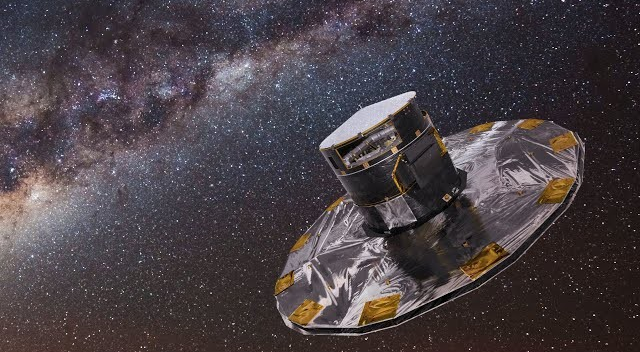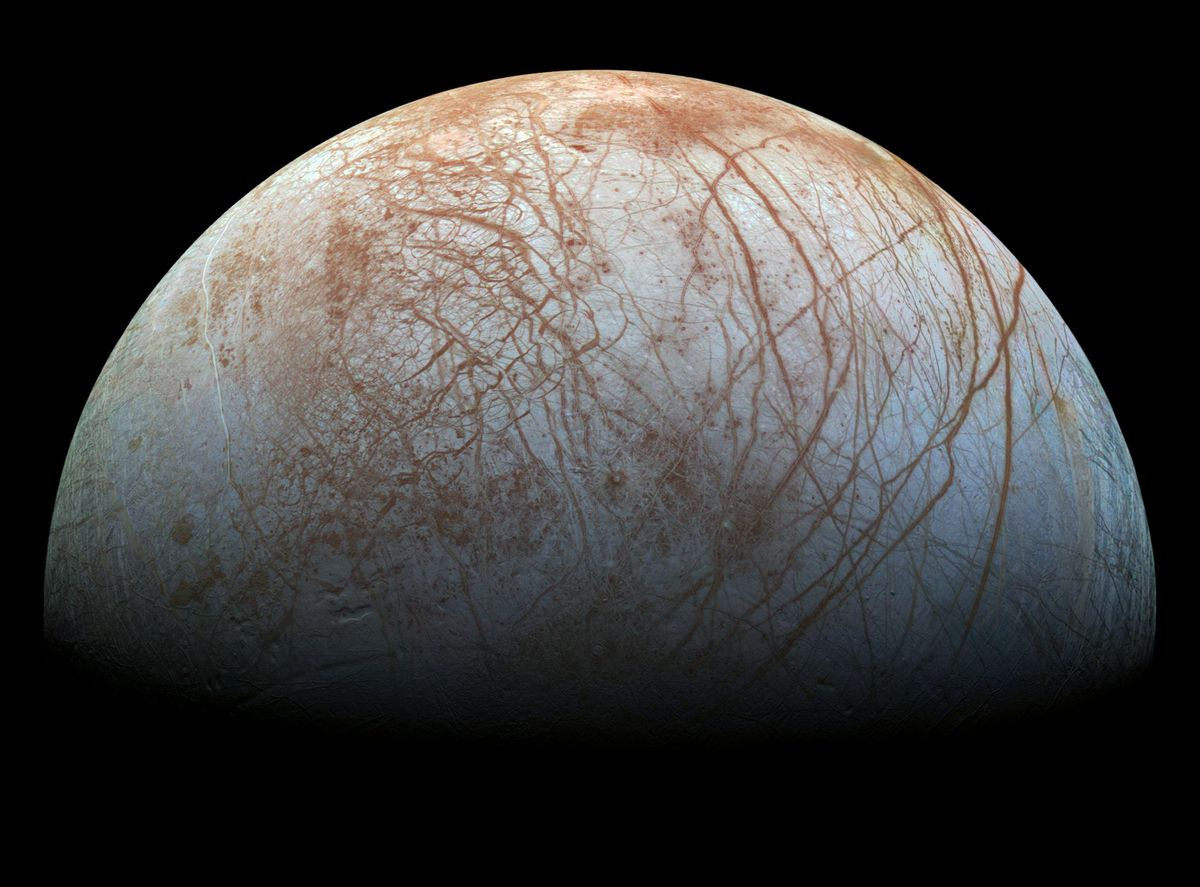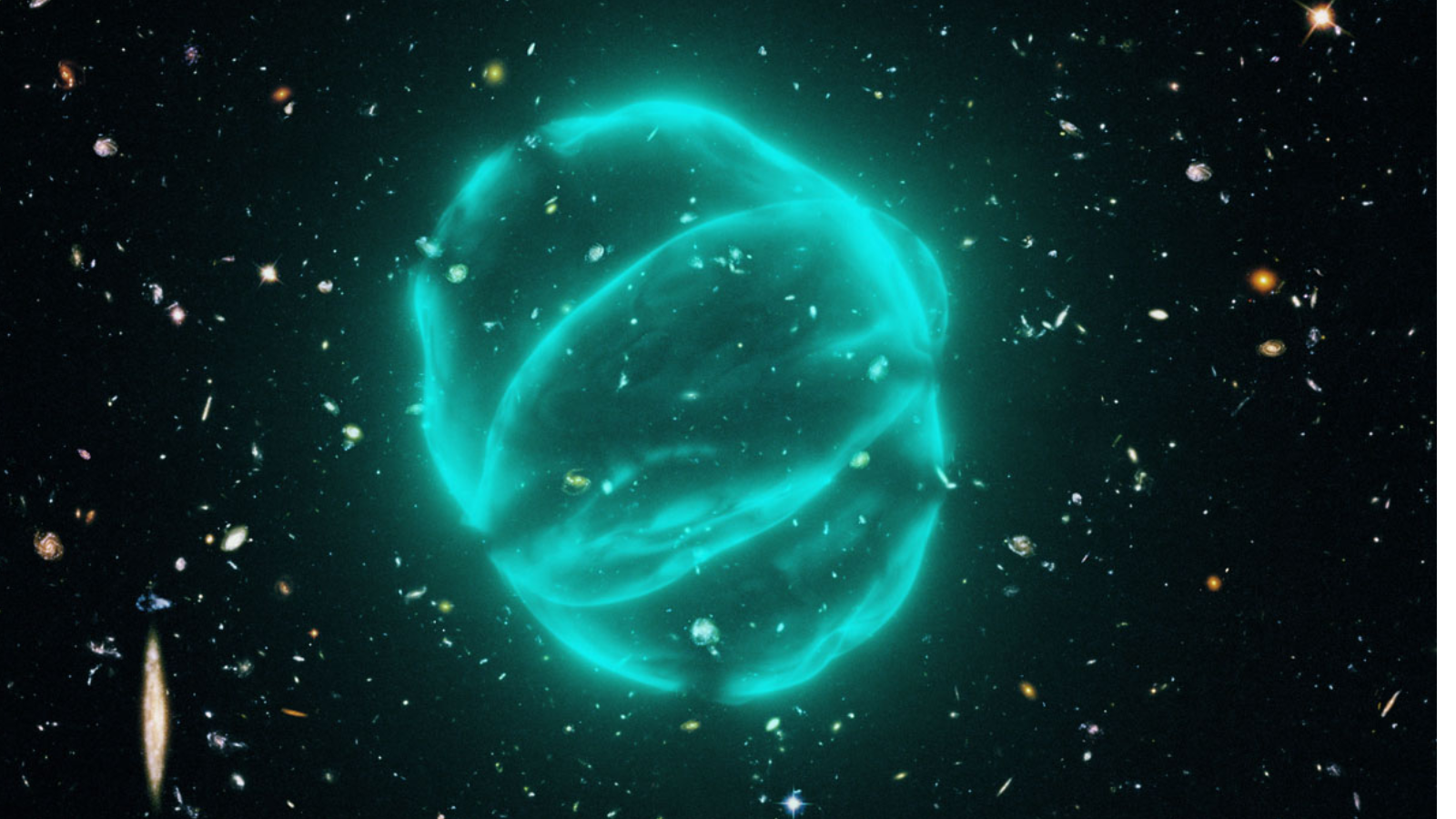Astronomers recently announced the discovery of the exoplanet GJ 251 c, located just 18 light-years from Earth and orbiting its red-dwarf host star every 54 days. What makes this find so significant is that GJ 251 c falls within what’s known as the habitable zone—where liquid water might exist—and is estimated to have about four times the mass of Earth, making it a “super-Earth” type world. The discovery demonstrates how the frontiers of exoplanet science are expanding closer to home, opening new avenues for future investigation.
From a scientific standpoint, GJ 251 c presents a compelling opportunity. Because it’s relatively nearby, researchers can use advanced instruments like the James Webb Space Telescope and ground-based spectrographs to probe its atmosphere, composition and potential for hosting life Moreover, its position in the habitable zone and rock-dominated classification contribute to our expertise in planetary formation and habitability theory. This aligns with the E-E-A-T framework: the discovery draws on vast experience in exoplanet surveys, demonstrates expertise in detection and analysis methods, carries authoritativeness by being published in peer-reviewed journals, and invites trustworthiness as future studies refine its characteristics.
For both astronomers and space enthusiasts, GJ 251 c marks more than a data point—it ignites curiosity. While we can’t yet confirm it is habitable, its proximity and properties make it one of the best candidates so far. Planning follow-up observations, comparing it with other super-Earths, and studying how its climate and environment might be structured all become realistic possibilities. In short, GJ 251 c isn’t just another exoplanet—it may soon become a key chapter in our understanding of blurred lines between Earth-like worlds and truly alien ones.




